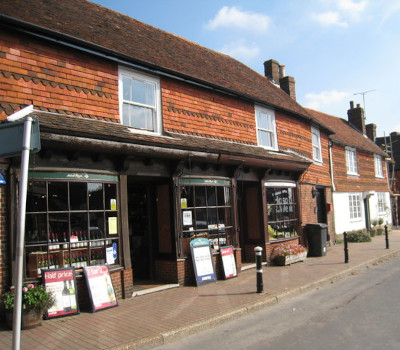The town's name, harking back to its Anglo-Saxon roots, suggests a settlement established by the Wada tribe, who began to clear the dense Wealden forests in the 7th or 8th century. While Wadhurst's beginnings predate the Domesday Book, its significance grew over the centuries, with Henry III granting it a market charter in 1253, a testament to its burgeoning local economy.
Wadhurst's historical narrative is intricately linked to the Wealden iron industry, which thrived from the 16th to the 18th centuries. Grand Georgian buildings, such as Hill House and The Old Vicarage, stand as stately reminders of the ironmasters' prominence. The local church, St. Peter and St. Paul, houses unique iron ledger-stone memorials, a distinctive tribute to the area's iron-forging legacy.
The town's spirit and resilience are further embodied in its wartime history. During the First World War, Wadhurst suffered profound losses, particularly during the Battle of Aubers Ridge. Yet, the community's strength endures, symbolised by its active twinning with Aubers, a bond forged from shared sacrifice.
Today, Wadhurst is more than a historical waypoint. It is a living community, set against the backdrop of the Weald's Area of Outstanding Natural Beauty. The nearby Bewl Water reservoir and the meandering River Bewl offer serene escapes for nature enthusiasts. With its thriving market, local fairs, and close-knit community, Wadhurst is not just a place to live, but a place to belong.
For those seeking the quintessence of English country living, Wadhurst emerges as a beacon of rural charm, steeped in history and surrounded by the picturesque Weald. It's no wonder this town has captured the hearts of its residents and the attention of the nation.
Image credit: Wikipedia











